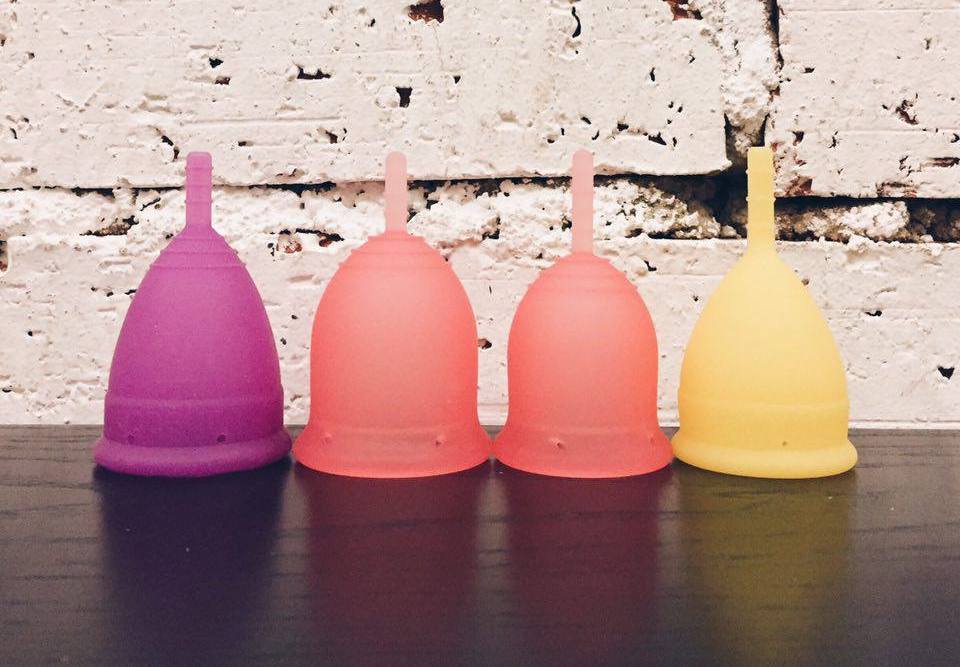One of the questions we get most often is "Which cup should I buy?" or "Which cup is most suitable for me?" For first-time cup users, it may seem like a daunting task to wade through the plethora of information on the different cups available on the Internet. However, do keep in mind that most cups are relative similar, so there is no need to over-analyse and stress out over the options available.
Below are some considerations to keep in mind when choosing your cup. All our listings include the necessary information required for you to make the right choice.
Amount of Flow
A bigger cup, with a higher capacity, is more suitable for someone with a heavier flow. A smaller cup is more suitable for someone with a lighter flow.
Many think that they have heavy flow, but in reality, the average woman has a moderate flow with studies showing a range of 30-120 ml (or 2-8 tablespoons) for their entire period. If you currently use tampons, you can estimate your flow based on the number of tampons used per period and the tampons' capacity.
Anatomy
A smaller cup is recommended for young women who have not experienced sexual intercourse yet. As the vaginal muscles are tighter, a smaller cup is easier to insert.
For women who have experienced a vaginal birth, a larger cup is recommended as childbirth changes the vaginal muscles, the shape of the vagina, and hipbone structure.
Location of Your Cervix
Wash your hands well, and see if you can reach your cervix during menstruation. It is usually located on the left side of the vaginal wall (when you touch it, it may feel like the end of your nose, a "slimy donut" or even a tiny penis).
If your cervix sits low (measured to your first knuckle), a shorter cup is recommended, as it will fit more comfortably inside your vagina. A low cervix can be touched very easily.
If you have a cervix that is easy to reach but not extremely low (around your second knuckle), most lengths of cups should be suitable.
If your cervix is hard to reach or you are unable to reach it at all, your cervix is high and you may prefer a longer cup.
Stiffness of Cup
In general, larger cups are slightly firmer than their counterparts. A firm cup will pop open more easily. but may cause discomfort due to the pressure from the stiffness. A soft cup is easier to fold and insert.
Sports that strengthen the core muscles like Yoga and Pilates have a strengthening effect creating very strong vaginal muscles. If you have an active lifestyle, a stiffer cup may prevent your muscles from crushing the cup.
If you have a sensitive bladder, a softer cup may be more suitable for you.
In conclusion, all women are different and the above are just guidelines and recommendations to help you make an informed choice. Although most manufacturers suggest that women under 30 who have never had a vaginal birth should wear the smaller size they offer, and women over 30 or who have had a vaginal birth should wear the larger size, do keep in mind that these are merely guidelines. For example, if you are over 30 and have children, you may still have a strong pelvic floor if you are active, and you may feel more comfortable in a smaller cup. Know your body and make a decision based on that alongside the manufacturer’s suggestions.
Need more help? If you're looking to get your first menstrual cup, read our blog post on what you should consider when selecting the most suitable cup. You can also try our menstrual cup quiz for a recommendation!
We also have a handy menstrual cup comparison chart to compare the measurements of all the cups available at The Period Co.
Sources:Lunette
The Eco-Friendly Family


